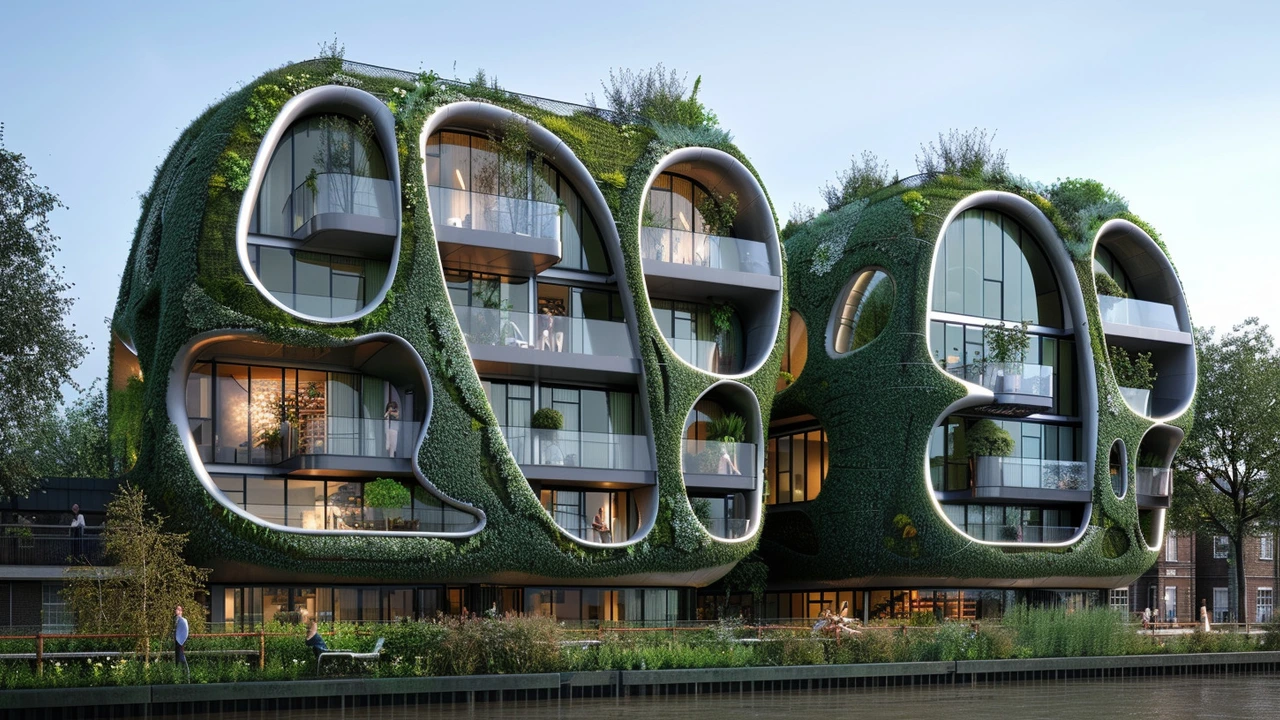Sustainable development in architecture: practical ideas & historic lessons
Think sustainable development is only about solar panels and shiny new buildings? It's not. Many old styles - from Roman concrete to Colonial layouts - offer lessons we still need. This page collects practical ideas you can use whether you're a homeowner, designer, or city planner.
Start with adaptive reuse. Reusing buildings saves the huge carbon cost of demolition and new construction. Historic shells like Beaux-Arts or Georgian facades can become energy-efficient homes with new insulation, upgraded windows, and modern systems. The trick is to keep structure and character while improving performance.
Design choices that cut waste and bills
Think passive design: orientation, cross-ventilation, and thermal mass reduce heating and cooling needs. Look at Mediterranean or Roman buildings - thick walls and shaded courtyards work without tech. Use local, low-carbon materials: reclaimed timber, lime plaster, or low-VOC paints. Smaller, flexible rooms reduce wasted space and make homes easier to heat.
For existing houses, focus on small, high-impact upgrades. Install weather-stripping and smart thermostats. Add insulation in attics and basements first. Replace inefficient lighting with LEDs and choose Energy Star appliances. Those changes often pay back faster than big visible upgrades.
Policy and community steps that actually work
Cities can push sustainability with clear rules and incentives. Offer tax breaks for adaptive reuse projects and fast-track permits for retrofit work. Create design guides that let neighborhoods keep historic character while allowing energy upgrades. Incentives for rainwater collection, urban trees, and bike-friendly streets cut resource use and improve health.
Don't ignore social factors. Sustainable development succeeds when people feel included. Host community workshops, show real retrofit examples, and share simple maintenance tips. When residents understand savings and comfort gains, they support bold policies.
Use data to prioritize action. Run simple energy audits to target worst-performing buildings first. Monitor results and share successes publicly. A city that tracks energy, water, and waste can make clearer decisions and direct funding where it helps most.
Finally, mix old and new. Preservation and innovation aren't enemies. A Gothic Revival church can house community services with modern HVAC tucked discreetly inside. A Craftsman home can keep its porch and woodwork while adding insulation and efficient systems. That blend saves resources and keeps places people love.
If you want quick next steps: pick one retrofit task for your home, join a local preservation or sustainability group, or ask your city about incentives for adaptive reuse. Small actions add up fast and make sustainable development feel practical, affordable, and real.
Think about the whole life of a building: materials, maintenance, and eventual reuse. Choose products with clear environmental labels and ask suppliers about embodied carbon. Small design moves - like removable partitions and standard-sized windows - make future repairs cheaper and reuse easier. Look for financing programs that fund energy upgrades and offer low-interest loans tied to property. Track costs and comfort after upgrades; showing real numbers helps unlock more funding. Share your story with neighbors so projects spread. Small networks of houses can demand better services and bulk discounts.

Neo-Futurism in Urban Development: A Pathway to Sustainability
In the quest for sustainable city landscapes, Neo-Futurism emerges as a beacon of hope and innovation. This article explores how Neo-Futurism, with its forward-thinking designs and technology-driven solutions, is revolutionizing urban planning and architecture. It delves into the crucial role of Neo-Futurism in creating sustainable, efficient, and aesthetically pleasing urban environments for the future. Readers will uncover the principles underpinning this movement, its benefits for urban development, and real-world applications that demonstrate its potential in crafting the cities of tomorrow.
Read more